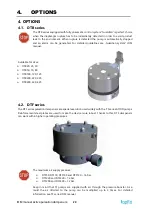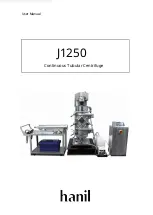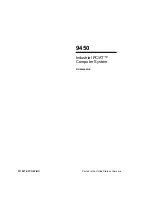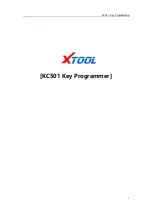
1. INSTALLATION
IOM manual active pulsation dampeners
10
1.4.5.
Temperature hazards
➢
Raised temperature can cause damage on the dampener and/or piping and may also be
hazardous for personnel in the vicinity of the dampener/piping. Avoid quick temperature
changes and do not exceed the maximum temperature specified when the dampener was
ordered. See also general max temperatures based on water in chapter 6.3.
“Technical
data”
➢
When the dampener is exposed to ambient temperature variations or if there is big
difference between the temperature of the product and the surrounding, the tightening
torques of the housing nuts should be checked periodically as part of preventive
maintenance.
➢
If a hot product is pumped, the dampener should not stand still when filled for a longer
period of time. This could cause leakage.
➢
Below 0°C (32°F) plastic materials become more fragile what can
cause increased wear of
parts made of these materials. This is a hazard that has to be accepted when pumping cold
products. Also in such case, when a dampener is not operation it should be drained of all
liquid.
➢
The fluid remaining in the connected piping, as well as in the dampener itself, may expand
because of freezing or heat, which may cause damage to the dampener or/and piping,
and lead to leakage of the fluid.
1.5.
Air connection
Screw the air hose into the air intake on the centre block of the dampener with for example a
quick release coupling. For best efficiency, use the same hose diameter as the internal diameter
of the connection on the air intake.
Содержание DT Series
Страница 27: ...6 DATA IOM manual active pulsation dampeners 27...
Страница 35: ......











































